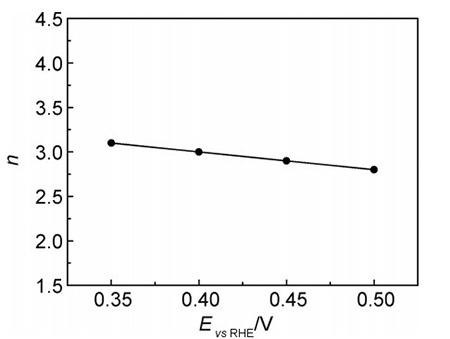 PDF(5604 KB)
PDF(5604 KB)


 PDF(5604 KB)
PDF(5604 KB)
 PDF(5604 KB)
PDF(5604 KB)
立方相碳化钛在锂空电池中的电化学行为
 ({{custom_author.role_cn}}), {{javascript:window.custom_author_cn_index++;}}
({{custom_author.role_cn}}), {{javascript:window.custom_author_cn_index++;}}Electrochemical behavior of cubic titanium carbide for lithium-air batteries
 ({{custom_author.role_en}}), {{javascript:window.custom_author_en_index++;}}
({{custom_author.role_en}}), {{javascript:window.custom_author_en_index++;}}
| {{custom_ref.label}} |
{{custom_citation.content}}
{{custom_citation.annotation}}
|
/
| 〈 |
|
〉 |